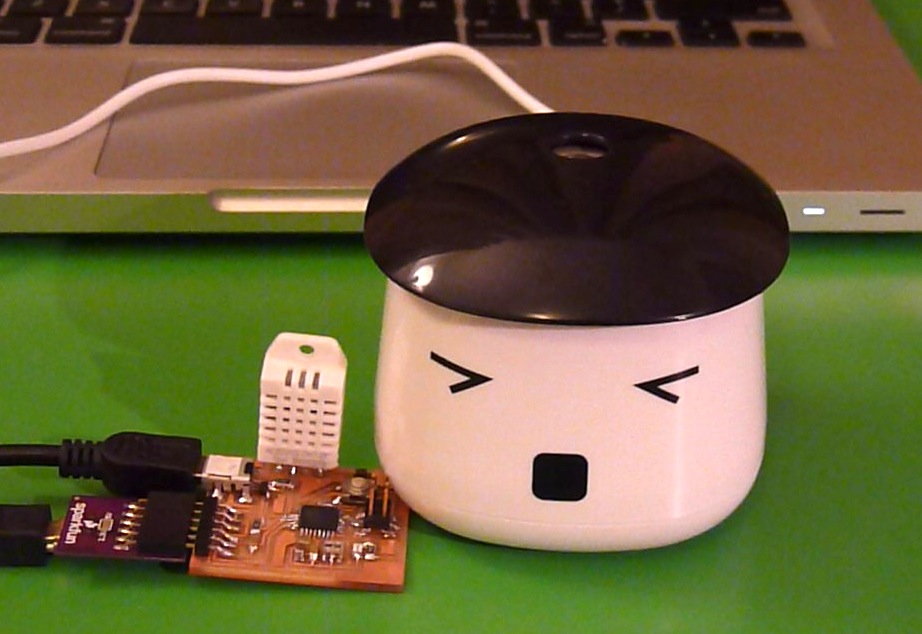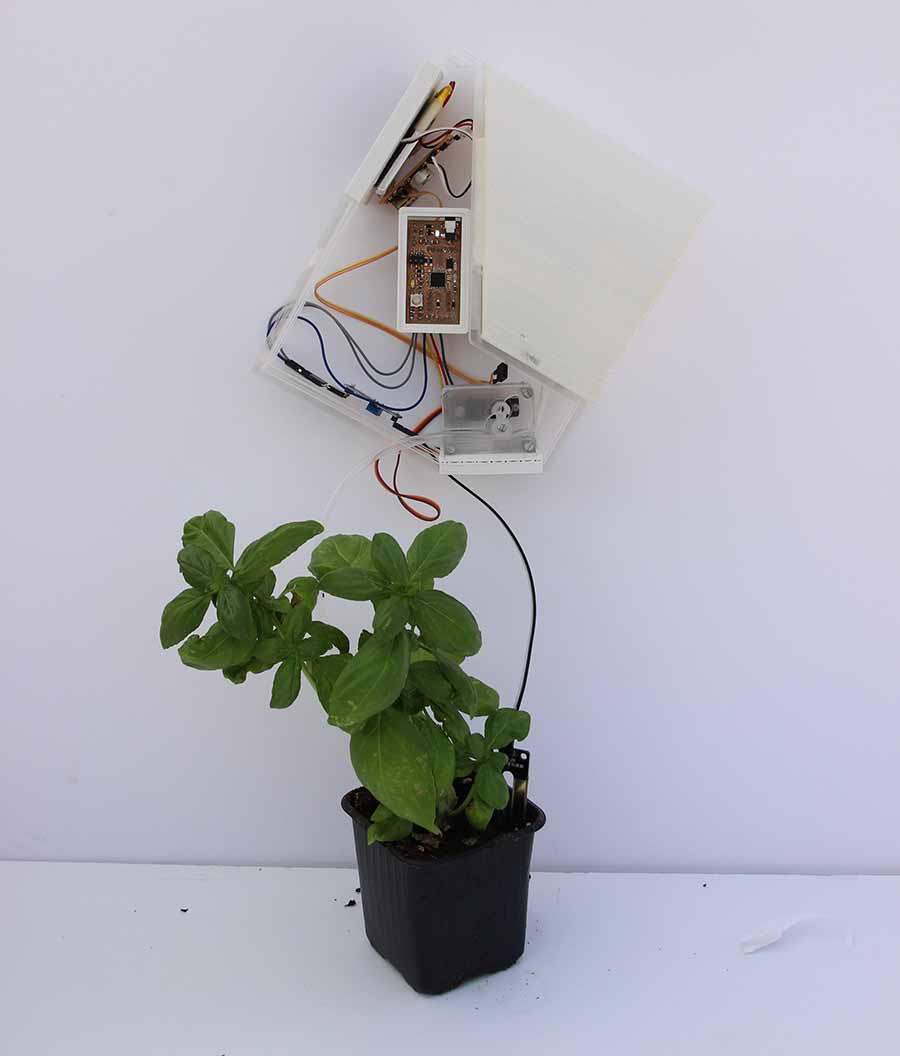Some of this is duplicate information from Week 10 - Output Devices, so if you're looking for more detailed information about that process, please take a visit to that page.
I met with Justin to discuss the logistics of the project. While it's simple in form, it's quite complex in technology, and my electronics skills are minimal. The box will need to not only measure temperature and humidity, but it will need to regulate as well. We discussed the possiblity of tying the regulator (whatever it is) to live weather data, so it would be a real-time weather chamber of a location all the way across the world.

Justin recommended that I break down the order of operations a bit so I can start working through each step, so I spent a bit of time working through a simple diagram (above). Essentially, the box will need to have sensors for the purpose of data collection AND to regulate the environment. The "exterior" side of the box is a little more complicated than the "interior" side. Interior will only be measured and does not need to be as closely controlled as the exterior. Although now that I think about it, I may actually need to have something to simulate air conditioning. Something to think about. A number of past students have integrated temperature/humidity into their projects. See/click below





